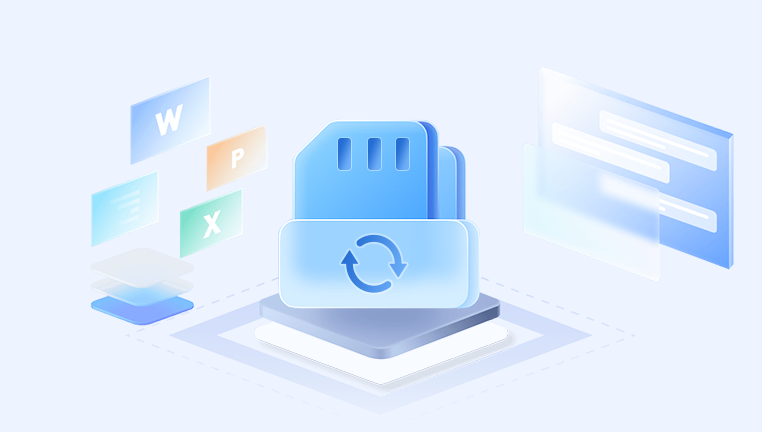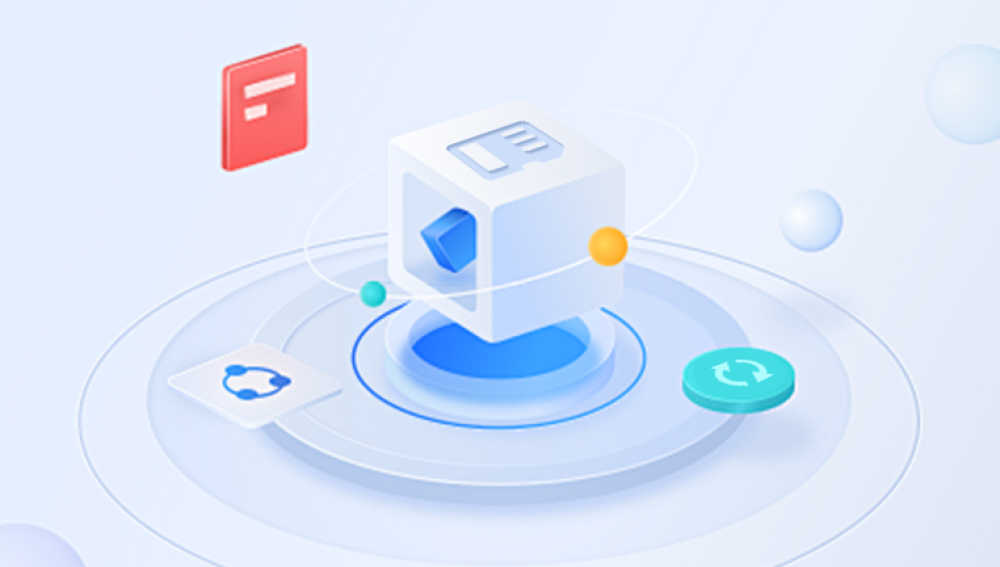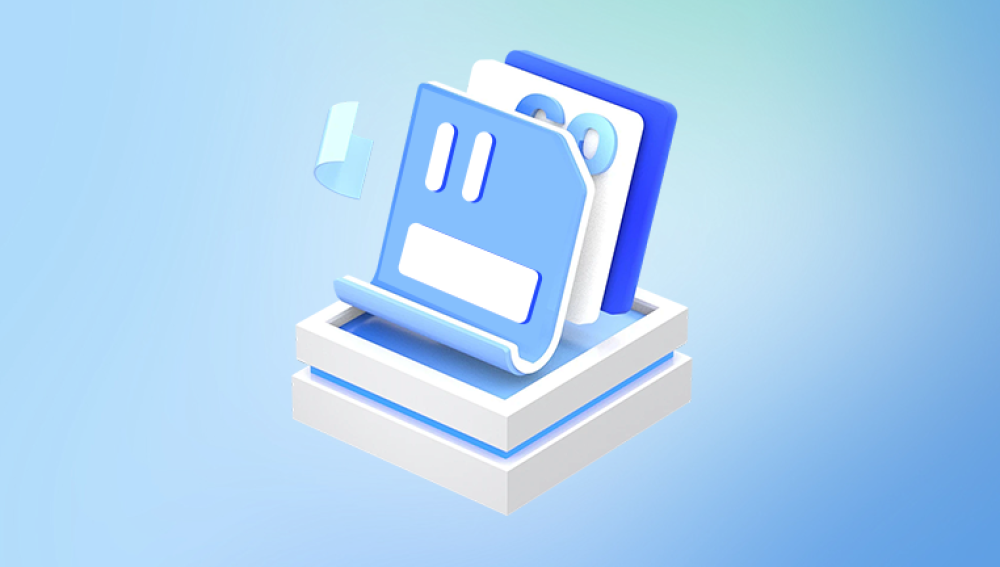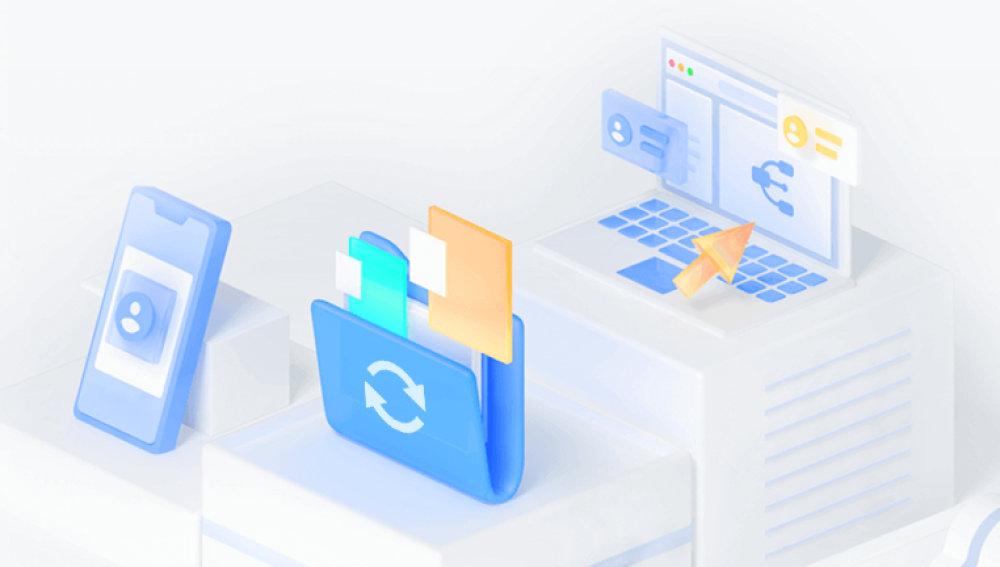A simple formatting error, accidental deletion, or corrupted file system can instantly wipe out your important files. When this happens, panic sets in but don’t worry. Free data recovery software for SD cards is available and can help restore lost content without spending a dime.
1. Accidental Deletion
You might accidentally delete photos, videos, or files while reviewing content or transferring data. Unlike computers, many mobile devices and cameras don’t have a recycle bin—deletions are often permanent at first glance.
2. Formatting
Sometimes you format an SD card without realizing you had important files on it. Devices might also ask you to format a card due to errors or incompatibility, leading to unintentional data loss.

3. File System Corruption
Removing an SD card improperly, sudden power losses, or using it in incompatible devices can corrupt the file system. This often makes the card unreadable, even though the data is still there.
4. Physical Damage
Though durable, SD cards can break, bend, or become damaged by moisture, heat, or improper handling. Damaged cards can stop working, leaving files inaccessible.
5. Virus or Malware
Malicious software can infect an SD card and either delete files, encrypt them, or render them inaccessible.
6. Storage Wear and Tear
Like any flash memory, SD cards have limited write cycles. Over time, they wear out and may begin to develop bad sectors or file errors.
How Free SD Card Recovery Software Works
When you delete a file from an SD card or format it, the data isn’t instantly destroyed. Instead, the card marks the space as available for new data. Until something new is written over that space, recovery software can search the SD card’s memory sectors for trace data and rebuild files.
Here's a general breakdown of the recovery process:
Device Detection: The software detects the SD card and recognizes it as a connected storage device.
Scanning: It performs a quick or deep scan to locate recoverable files.
File Signature Search: Even if file names and metadata are gone, the software identifies file types based on structure and signatures.
File Preview and Reconstruction: Files are displayed for preview. If usable, they can be reconstructed and restored to a safe location.
Essential Features to Look For
Not all recovery software is created equal. If you’re relying on free software, it’s essential to know what features really matter:
1. Deep Scan Mode
A deep scan digs into the SD card sector by sector, looking for lost or fragmented files. It’s more thorough than a quick scan.
2. File Type Support
The best recovery tools can restore a wide range of files—photos (JPG, PNG, RAW), videos (MP4. MOV), audio files (MP3. WAV), documents (PDF, DOCX), and more.
3. File System Compatibility
Ensure the software supports common SD card file systems like FAT32. exFAT, and sometimes NTFS.
4. Recovery Preview
You should be able to preview images or documents before restoring them, ensuring they’re intact and recoverable.
5. Read-Only Mode
To avoid further damage, recovery tools should not write anything to the card. Look for software that operates in read-only mode.
6. Easy User Interface
Even if the software is powerful, it should be easy enough for beginners to use. A clean interface with guided steps makes a big difference.
Best Free Data Recovery Software for SD Cards
Now that you know what to expect, let’s explore the top free tools that can help recover data from SD cards.
Drecov Data Recovery
Platform: Windows, macOS
Best for: Balanced performance and intuitive design
Drecov Data Recovery is a newer yet powerful entry in the recovery software landscape. It supports all major file types and file systems, including FAT32 and exFAT, which are commonly used in SD cards. Its streamlined interface makes it easy to recover files even for non-technical users.
You can perform both quick and deep scans, preview your data, and recover it safely without risk of overwriting. The free version includes many core features and is suitable for photo and video recovery from SD cards.
Pros:
Deep scan capabilities
File preview support
Works on both Windows and macOS
Cons:
Some advanced features require a paid upgrade
How to Use Free Recovery Software to Restore SD Card Files
Here’s a step-by-step process that works with most tools listed above:
Step 1: Stop Using the SD Card Immediately
Do not save anything else to the card. The more you write to it, the higher the risk of overwriting lost files.
Step 2: Insert the SD Card into a Computer
Use a card reader or SD slot on your PC or Mac. Avoid using the camera or phone that the card came from for recovery.
Step 3: Install Recovery Software
Download and install the recovery tool of your choice on your computer—not on the SD card you want to recover from.
Step 4: Scan the SD Card
Launch the program, select your SD card from the list of devices, and begin scanning. Start with a quick scan, then try a deep scan if necessary.
Step 5: Preview and Select Files to Recover
Browse the results and preview files to verify their quality. Most tools allow you to filter by file type or date.
Step 6: Save Recovered Files to a New Location
Always recover files to a different storage device to prevent data overwriting.
Troubleshooting: What to Do If the SD Card Isn’t Detected
Sometimes, your SD card may not show up at all. Try these fixes:
Try a Different Card Reader or USB Port: Hardware may be the issue.
Check Disk Management (Windows) or Disk Utility (Mac): Look for unrecognized partitions or RAW volumes.
Assign a Drive Letter: In Windows, right-click the SD card volume and assign a letter to make it accessible.
Avoid Formatting Immediately: If prompted to format the card, decline and try recovery software first.
If none of these work, you may need professional recovery services.
When to Consider Professional Data Recovery
If your SD card is physically damaged (cracked, water-damaged, unreadable on all devices), you’ll likely need to consult a professional recovery service. These labs use advanced hardware tools and cleanroom environments to recover data without further damage.
Signs you need professional help:
Card is not detected in Disk Management or BIOS
Electrical damage to connectors
Unusual heating or noises from the card
You’ve tried multiple software options without success
Tips to Prevent Future Data Loss on SD Cards
While software can help recover lost files, prevention is even more important:
Backup Regularly
Always keep multiple copies of important files. Use cloud storage or an external drive.
Safely Eject SD Cards
Always eject the card safely using your computer or device’s “Remove” function.
Avoid Interruptions During Transfers
Never remove the card or power off the device during a file transfer.
Don’t Use Low-Quality Cards
Stick to trusted brands and avoid cheap, generic cards that may fail easily.
Label and Organize Cards
For professionals using multiple cards, labeling helps avoid accidental formatting or reuse.
Replace Aging Cards
Flash memory wears out. Replace SD cards that begin showing errors or slowdowns.
Losing files from an SD card can feel devastating, especially when it involves cherished memories or important work. But with the right free data recovery software, those files may not be gone forever. From beginner-friendly tools like Recuva and Drecov Data Recovery to advanced options like PhotoRec and TestDisk, there’s a solution for nearly every scenario.
Act quickly, scan your card with the right tool, and avoid overwriting the data. If all else fails, professional services are available but in many cases, free software is all you need to bring your files back to life.




